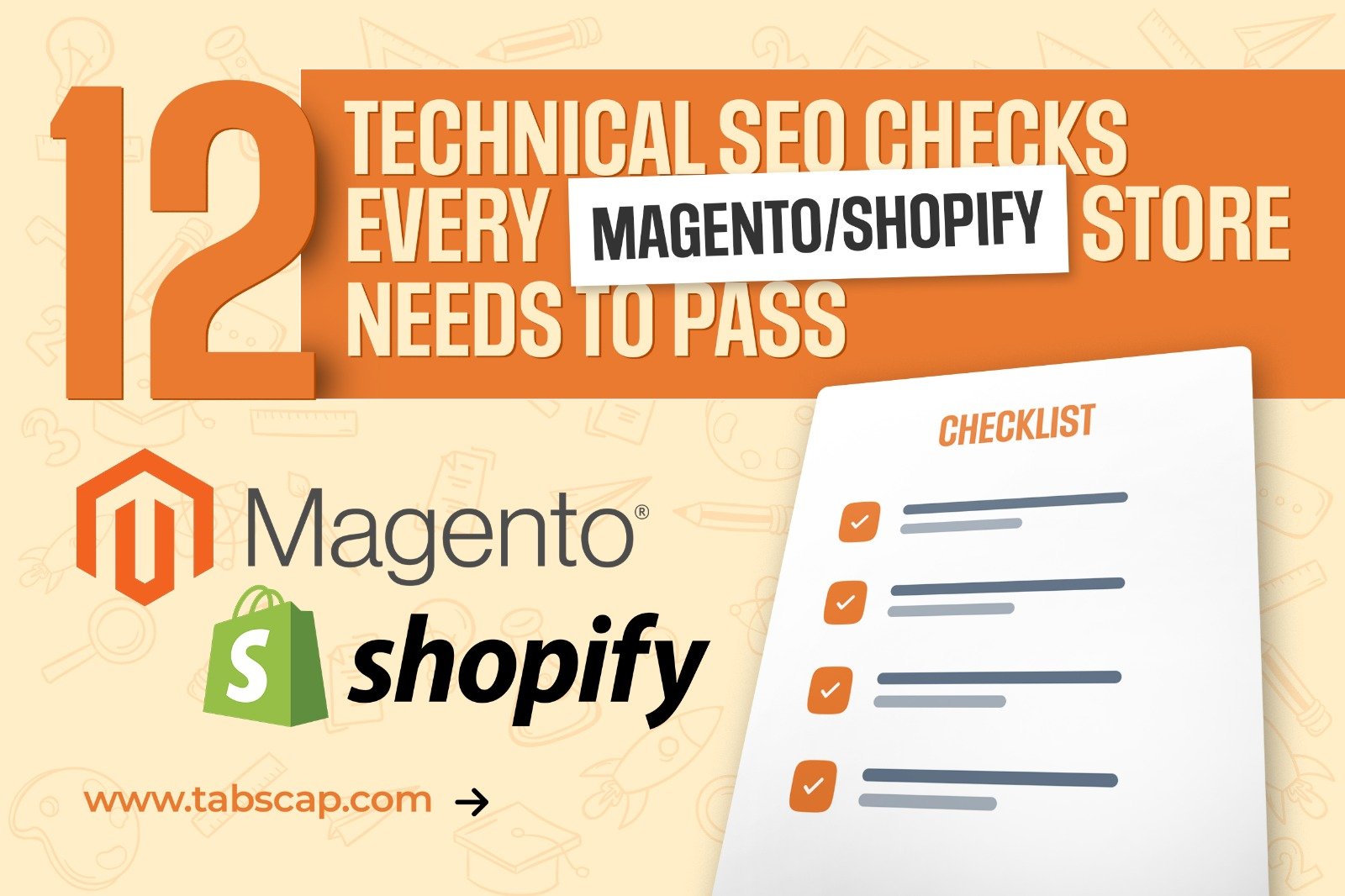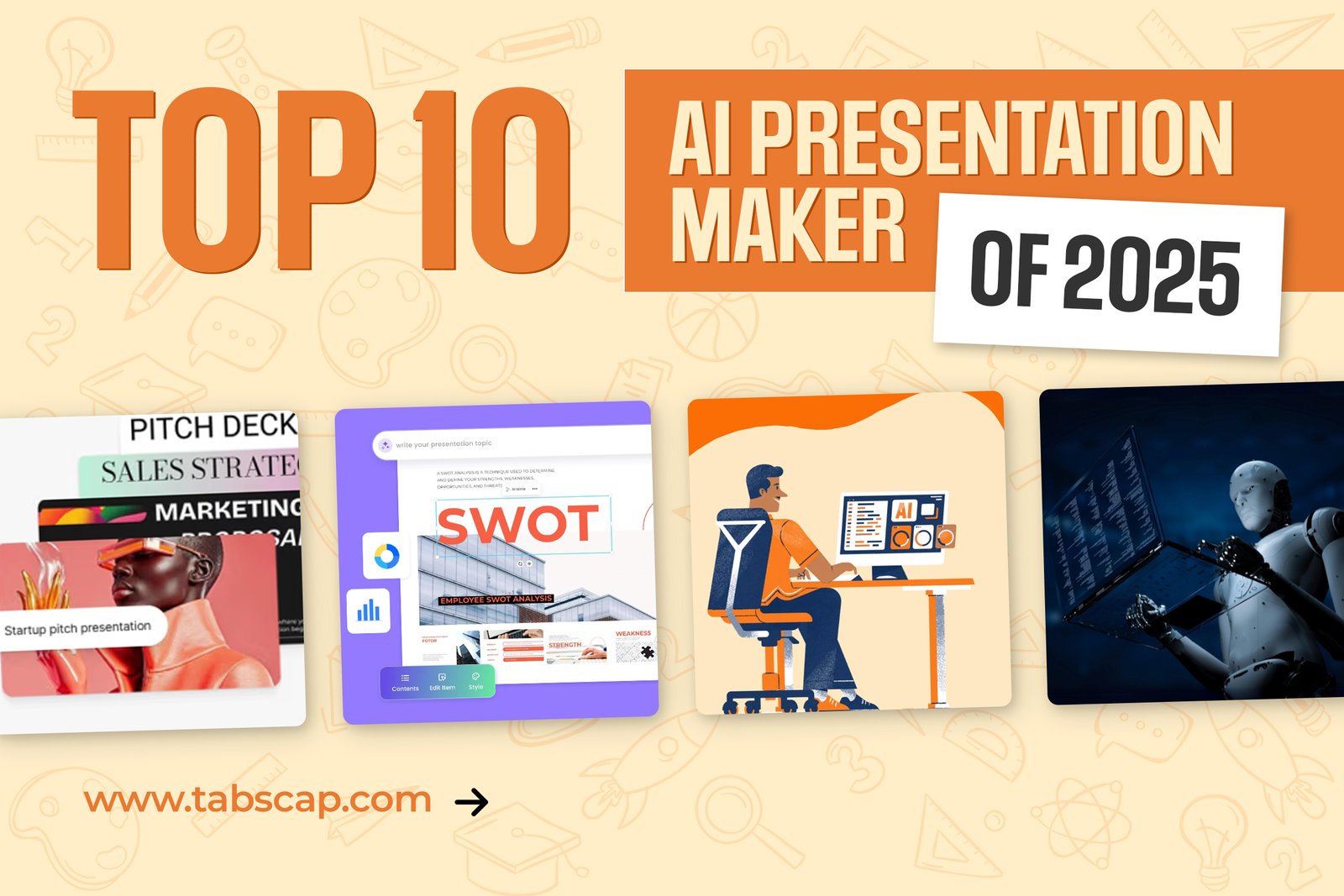
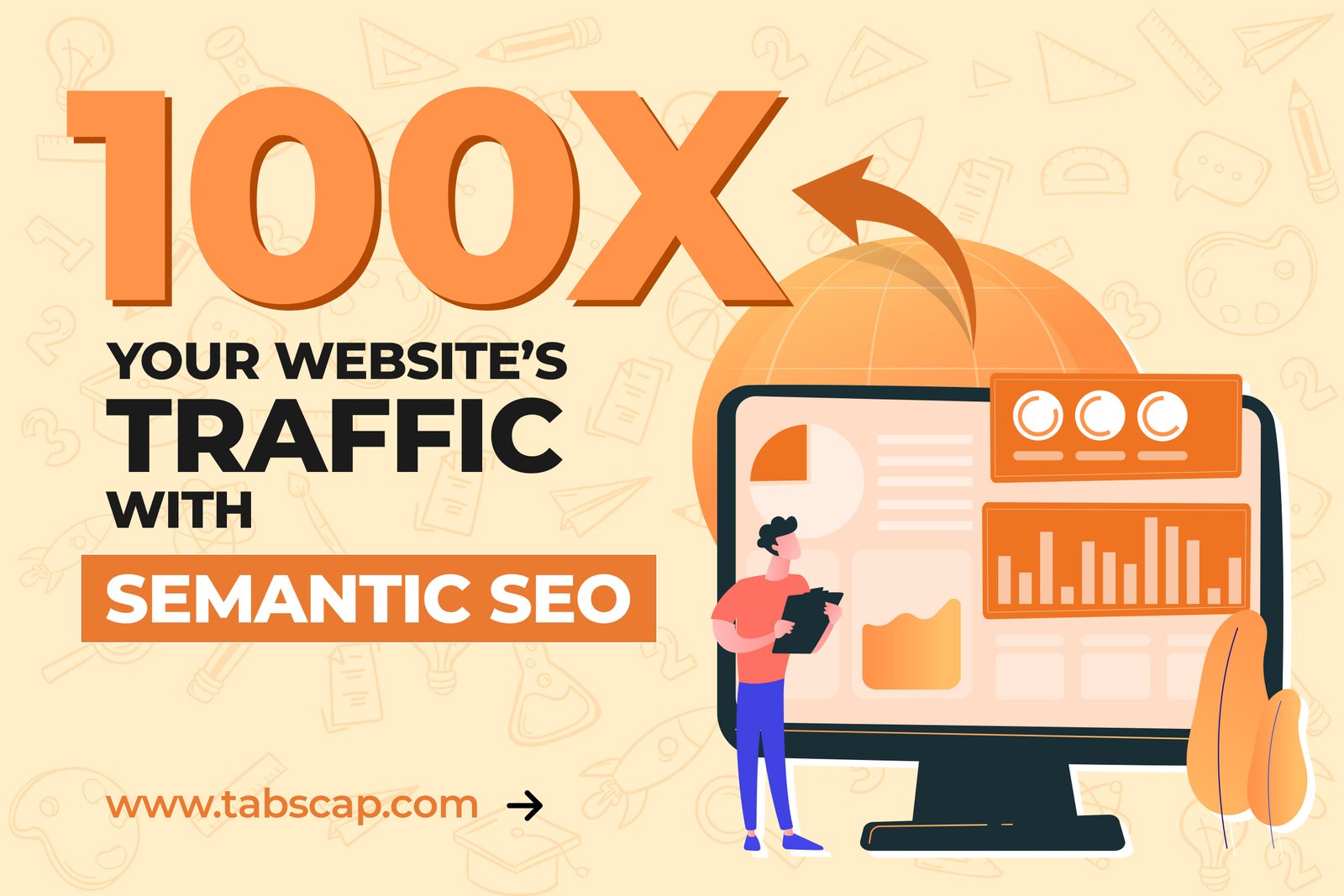
What is Semantic SEO
Instead of just focusing on specific words people type into Google, Semantic SEO is about understanding the meaning behind those words and the whole topic they're interested in.
Old way (Keyword-focused): You write a page that uses the exact phrase "best coffee maker" over and over.
New way (Semantic SEO): You write a helpful guide about coffee makers, discussing different types, features, how to choose, and maybe even mentioning specific brands. You're covering the whole idea of finding a good coffee maker.
The goal is to create content that truly answers what the user is trying to find out, even if they don't use the exact same words you've used.
Search engines are smart enough to understand the meaning, so you should focus on providing valuable and comprehensive information about a topic.

How is Semantic SEO different from traditional SEO
Traditional SEO:
Focus: Specific keywords. You try to use the exact words people type into Google as much as possible on your page.
Think of it like: Trying to catch fish by only using one specific type of bait.
Example: If you want to rank for "best coffee maker," you'd repeat that exact phrase many times in your title, headings, and text.
Semantic SEO:
Focus: The meaning behind the words and the overall topic. You aim to create helpful content that covers everything someone interested in that topic might want to know, using related words and ideas.
Think of it like: Trying to catch fish by understanding what they like to eat in general and offering a variety of tasty options.
Example: Instead of just saying "best coffee maker," you'd write a guide discussing different types of coffee makers (drip, French press, espresso), features to look for, how to use them, and maybe even mention specific brands. You're covering the whole idea of finding a good coffee maker.
| Feature | Traditional SEO | Semantic SEO |
| Main Goal | Rank for specific keywords | Understand user intent and cover the whole topic |
| Content | Focused on repeating keywords | Comprehensive and helpful information |
| Keywords | Exact matches are very important | Related terms and concepts are also key |
| User Focus | Less direct focus on user needs | Strong focus on providing user value |
| Google's Understanding | Matches words to words | Understands meaning and relationships |
Traditional SEO is about targeting specific phrases. Semantic SEO is about understanding the why behind the search and providing a complete and meaningful answer.
Google is getting much better at understanding meaning, so Semantic SEO is becoming more important.
What is a Knowledge Graph
A knowledge graph, also known as a semantic network, is a structured representation of knowledge as a graph.
Imagine you're trying to understand a new topic, say "Indian Classical Music." You could read a bunch of separate articles about it.
You might learn about different instruments, famous musicians, and the history of the music. But these articles might not clearly show you how everything is connected.
How Knowledge Graphs are Used:
Knowledge graphs are employed across various industries and applications, including:
Search Engines: Google's Knowledge Graph enhances search results by understanding the relationships between entities, providing direct answers and contextual information in knowledge panels.
Recommendation Systems: Platforms like Netflix, Amazon, and Spotify use knowledge graphs to understand user preferences and the relationships between items to provide more relevant recommendations.
Question Answering Systems: AI assistants like Siri, Alexa, and Google Assistant use knowledge graphs to understand user queries and provide accurate and context-aware answers.
Data Integration: They help in unifying data from different sources by linking related entities and concepts.
Fraud Detection: Financial institutions use knowledge graphs to analyze transaction patterns and relationships to identify suspicious activities.
Drug Discovery: In healthcare, knowledge graphs can connect information about diseases, symptoms, drugs, and genes to aid in research and development.
Customer Relationship Management (CRM): Businesses can use knowledge graphs to get a holistic view of customers by connecting their interactions, preferences, and other relevant data.
Content Management and Delivery: Knowledge graphs can help in organizing and delivering content based on user interests and the relationships between different topics.
Natural Language Processing (NLP): They enhance NLP tasks like entity recognition, relationship extraction, and text understanding.
Generative AI (GenAI): Knowledge graphs can provide a structured source of information to ground large language models (LLMs), making their output more accurate and contextually relevant (Retrieval-Augmented Generation - RAG).
Examples of Knowledge Graphs:
Google Knowledge Graph: A vast knowledge base with information about billions of entities and their relationships, used to enhance Google Search.
DBpedia and Wikidata: Open-source knowledge graphs derived from Wikipedia content.
LinkedIn Economic Graph: Maps relationships between people, jobs, companies, skills, and educational institutions.
Facebook Social Graph: Represents the network of users and their connections, interests, and interactions on the platform.
Amazon Product Graph: Connects products, customer reviews, and purchasing behaviors to improve recommendations and search.
Why is Search Intent Important in Semantic SEO
Search intent is vital for effective Semantic SEO. It focuses on the user's goal behind their search query. Semantic SEO aims to understand the meaning of words.
It goes beyond simple keyword matching. Knowing the intent helps create relevant content. This content directly answers user questions.
Search engines prioritize helpful, intent-aligned pages. Matching intent improves user experience greatly. Satisfied users engage more with your content.
This reduces bounce rates and boosts rankings. Understanding intent guides content creation strategy. It ensures you provide the right information.
This leads to more qualified traffic. Ultimately, aligning with search intent drives better SEO results.
NLP in relation to SEO
Natural language processing helps SEO in many crucial ways. It enables search engines to understand human language.
This includes the context and the intent behind queries. NLP goes beyond simple keyword matching techniques.
It analyzes the meaning of words and their relationships. This allows search engines to provide more relevant results.
Here are four key points explaining NLP's role in SEO:
Understanding User Intent: NLP helps search engines determine what users truly want. It analyzes the nuances of their search queries. This ensures that the delivered content matches user needs.
Content Optimization: By understanding language patterns, NLP aids content creation. It helps in using natural language and relevant terms. This makes content more readable and engaging for users.
Semantic Search: NLP powers semantic search by understanding context. Search engines can connect related concepts and topics. This broadens the reach of optimized content.
Voice Search: With the rise of voice queries, NLP becomes essential. It helps search engines interpret conversational language. This allows optimization for spoken queries.
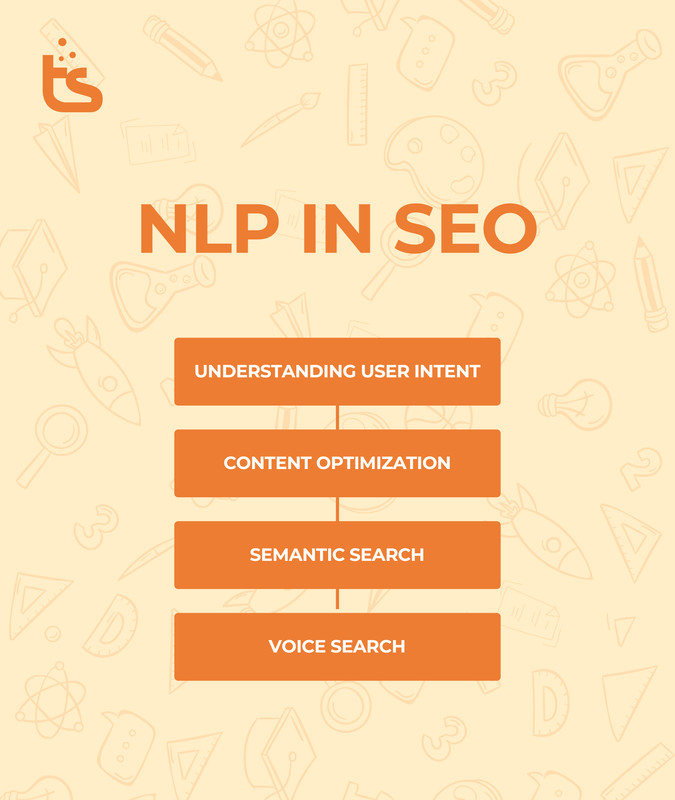
Structured Data in SEO
Structured data in SEO is code. This code helps search engines understand your content. It provides context about the information on your pages.
Search engines like Google use this data. They aim to display richer search results. These enhanced results are called rich snippets.
Examples include star ratings and event details. Structured data utilizes a standardized vocabulary. Schema.org provides these agreed-upon terms. Implementing structured data makes your content eligible.
It can appear in these visually appealing formats. This can improve your website's click-through rate. It also helps search engines index your content better.
Ultimately, it enhances your site's visibility.
Role of Google’s BERT algorithm in Semantic SEO
BERT, a Google algorithm, significantly aids semantic SEO. It helps Google understand the context of words. BERT processes words in relation to others.
This allows a deeper comprehension of search queries.
- BERT enhances understanding of long-tail queries.
- It prioritizes contextual relevance over exact keywords.
Semantic SEO focuses on user intent and topic relevance. BERT's ability to grasp natural language improves this. Content should aim to satisfy user needs directly. This aligns well with BERT's understanding.
Creating quality, in-depth content becomes crucial. BERT helps Google connect content to user intent.
Entity Based SEO
Entity-based SEO focuses on optimizing for "things" not just keywords. These "things" are called entities. Entities can be people, places, concepts, or organizations.
Search engines use these entities to understand content meaning. This approach improves search relevance and user experience. It helps search engines connect related topics easily. Entity SEO makes your content more discoverable.
It goes beyond simple keyword matching. This leads to better search visibility and rankings.
Optimization for Featured Snippets Using Semantic SEO
To optimize for featured snippets using Semantic SEO, first understand user intent. Then, create comprehensive content around relevant topics.
Structure your content logically with clear headings. Directly answer potential questions within your text. Keep your answers concise, ideally in one paragraph.
Use semantic keywords naturally throughout your content. Employ lists and tables for easy readability.
Ensure your content provides valuable and accurate information. By focusing on meaning and user needs, you increase your chances.
Latent Semantic Indexing (LSI)
Latent Semantic Indexing (LSI) is a technique. It finds hidden relationships between words. This method analyzes word co-occurrence in documents.
LSI uses Singular Value Decomposition (SVD). SVD reduces the data's dimensionality. It groups related terms and documents.
This helps with information retrieval tasks. LSI can handle synonyms and polysemy.
LSI was relevant for early semantic search. Now, more advanced methods exist. Word embeddings and deep learning are common.
These newer techniques often perform better. LSI might still be useful in specific cases. These include smaller datasets or interpretability needs.
However, its broad relevance has decreased. Modern search engines use more sophisticated approaches.
Internal Linking for Semantic SEO
Internal links establish topical relevance. They connect related content on your site. This helps search engines understand context. Crawlers discover more relevant pages easily. Strong internal linking improves user navigation.
Users find related information quickly. This boosts engagement metrics positively. Semantic SEO focuses on meaning and context. Internal links clearly signal these relationships. They reinforce your website's expertise.
This leads to better search engine rankings. Think of it as a web of related knowledge. Each link strengthens the overall understanding. Consistent internal linking enhances semantic understanding. It improves your site's overall SEO performance.
Topic Clusters Boosts Semantic SEO
Topic clusters revolutionize Semantic SEO strategies. They organize website content effectively. A pillar page covers a broad topic. Related content forms supporting cluster pages.
These link back to the pillar page. This internal linking signals topical authority. Search engines understand content relationships better. They see your site as an expert resource.
This improves search rankings significantly. Users also navigate your site easily. They find comprehensive information quickly. This enhances user experience greatly.
Better rankings and user experience boost SEO. Topic clusters are crucial for Semantic SEO success.
Difference Between Entities & Keywords
Entities are real-world things with unique identities. These can include people, places, or organizations. Keywords are words or phrases people type in search engines.
Keywords help search engines find relevant information. Entities provide more context and meaning to content. Search engines use entities for better understanding.
They can understand the relationships between entities. For example, "Sachin Tendulkar" is a famous entity. The keyword "Indian cricketer" can refer to him.
Entities offer a richer and clearer understanding. Keywords are the basic building blocks of search. Entities enhance search accuracy and relevance significantly.
They connect information in a meaningful way. This leads to more precise search results.
Tools to Perform Semantic Keyword Research
Here are some helpful tools for semantic keyword research:
Google Keyword Planner: Discover keyword ideas and search volumes. Analyze trends for better content strategy.
Semrush: Offers tools for related keywords and search volumes. Explore keyword difficulty and content gaps.
Ahrefs: Find content gaps by analyzing top-ranking pages. See keywords they rank for to inform your content.
Moz Keyword Explorer: Discover new keywords and analyze their search volume. Assess keyword difficulty for strategic targeting.
Ubersuggest: Explore many keywords, including long-tail variations. See volume and SEO difficulty in their free version.
LSIGraph: Generates LSI keywords related to your main term. These help search engines understand your content's context.
KeywordTool.io: Finds long-tail keywords and related questions effectively. Useful for understanding user search patterns.
Google Search Console: Track your site's performance and actual search queries. See what people use to find your content.
Google Trends: Explore the popularity of search terms over time. Identify related topics and seasonal trends.
"People Also Ask" (PAA): Analyze questions appearing in search results. These reveal user intent and related topics.
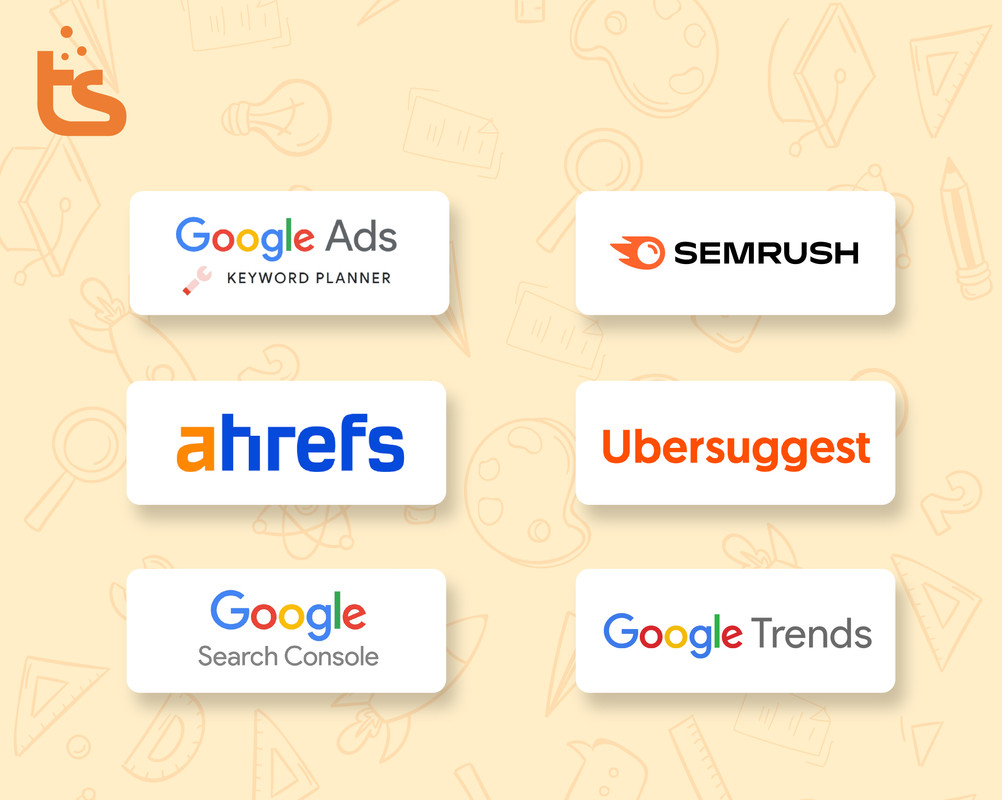
Use of Schema.org for Semantic SEO
Schema.org helps search engines understand your content better. It uses specific code to describe your page elements. This markup provides context about your information.
Search engines like Google use this for rich results. Rich results are enhanced snippets in search results. They can include star ratings or event details. This can improve your visibility and click-through rate.
Implement Schema.org using JSON-LD format. Add the code to your website's HTML. Use Google's Rich Results Test to validate it.
Choose schema types relevant to your content. This boosts your Semantic SEO efforts.
Google’s MUM Algorithm Impact On Semantic SEO
Google's MUM algorithm significantly enhances Semantic SEO. It understands user intent with greater nuance. MUM analyzes text, images, and videos together.
This allows it to grasp complex queries better. It reduces the need for multiple searches. MUM understands relationships between different concepts.
This favors content that comprehensively covers topics. Semantic SEO now requires in-depth, multimodal content. Websites need to establish strong topical authority. MUM rewards content that truly satisfies user needs.
Focusing on user intent becomes even more crucial. This algorithm pushes SEO towards richer, more contextual content.
Ontologies in SEO
Ontologies in SEO are structured frameworks. They define concepts and their interrelationships. This helps search engines understand content meaning.
Ontologies go beyond simple keyword matching. They map entities and their attributes clearly. Search engines like Google use knowledge graphs. These graphs rely on ontological principles.
This allows them to interpret search queries better. They can then deliver more relevant results. Websites using ontologies can improve understanding. Search engines grasp the context of their pages.
This can lead to better indexing and rankings. Semantic SEO heavily relies on ontologies. They provide a richer context for web content.
This helps search engines move towards semantic understanding. Ultimately, ontologies enhance search accuracy. They connect user intent with relevant information.
Use of Vector Embeddings in Semantic SEO
Vector embeddings are crucial for modern Semantic SEO strategies. They represent words and phrases as numerical vectors. These vectors capture the underlying meaning and context.
Search engines use them to understand content. This goes beyond simple keyword matching. Engines can then identify semantically similar content. Even if the exact keywords differ, relevance is found.
By analyzing these vector representations, search engines grasp user intent better. They can connect queries to relevant web pages. This improves search results accuracy significantly. Content creators can leverage this understanding.
They should focus on creating comprehensive content. Covering related topics and using natural language is key. Incorporating synonyms and varied phrasing becomes important.
Vector embeddings help search engines understand relationships. They link conceptually similar ideas together. This allows for a more holistic content analysis. Websites can optimize by building topical authority.
Creating content clusters around core themes helps. Internal linking strategies should reflect these semantic connections. This strengthens the overall topical relevance.
Furthermore, vector embeddings enhance the understanding of diverse content formats. Images, videos, and audio can also be represented. This allows for richer search results.
Optimizing multimedia content with semantic context is vital. This broader understanding improves overall SEO performance. Embracing vector embeddings leads to better content alignment. It ultimately satisfies user search intent more effectively.
How AI-generated Content Aligns with Semantic SEO
AI content can strongly support Semantic SEO. It helps create comprehensive topic coverage. AI tools identify relevant related terms and concepts.
This ensures content aligns with user search intent. AI can analyze vast data for semantic keyword research. It helps understand context and user queries deeply.
Natural language processing in AI enhances content understanding. This allows for creating semantically rich articles. AI can also structure data using schema markup. This further clarifies content meaning for search engines.
By focusing on user needs and context, AI improves relevance. This ultimately boosts search engine rankings.
Co-Occurrence & Co-Citation Related to Semantic SEO
Co-occurrence highlights how often related terms appear together online. For semantic SEO, this shows topical connections.
Search engines use this to understand content meaning. Co-citation occurs when multiple sites mention the same resource. This implies relevance and authority on a topic.
Semantic SEO uses co-citation to gauge a page's importance. Both help search engines grasp context beyond keywords.
They enhance a site's topical authority and ranking potential. Focusing on these strengthens semantic relevance.
Future of Semantic Search in Voice Assistants & AI Chat
Semantic search will revolutionize voice assistants and AI chat. These systems will move beyond keyword matching. They will deeply understand user intent and context. Natural language processing (NLP) and machine learning (ML) are key.
This enables more accurate and relevant responses. Voice queries, often conversational, will be better understood. AI chat will provide nuanced and helpful interactions. Semantic search enhances personalization.
Systems learn from user history and preferences. This leads to tailored and insightful answers. Ambiguous queries will be resolved effectively.
Synonyms and related concepts will be recognized. Ultimately, user experience will be significantly improved. Interactions will feel more natural and intuitive. Finding information will become faster and easier.
Conclusion
Semantic SEO marks a crucial evolution from keyword-centric strategies. By focusing on user intent, understanding context, and leveraging knowledge graphs, entities, and NLP, websites can create richer, more relevant content. This approach not only satisfies user needs but also aligns perfectly with how modern search engines interpret and rank information, ultimately leading to sustainable traffic growth.
Is your website truly speaking your audience's language? Let Tabscap craft a Semantic SEO strategy that resonates. Call us today!!

